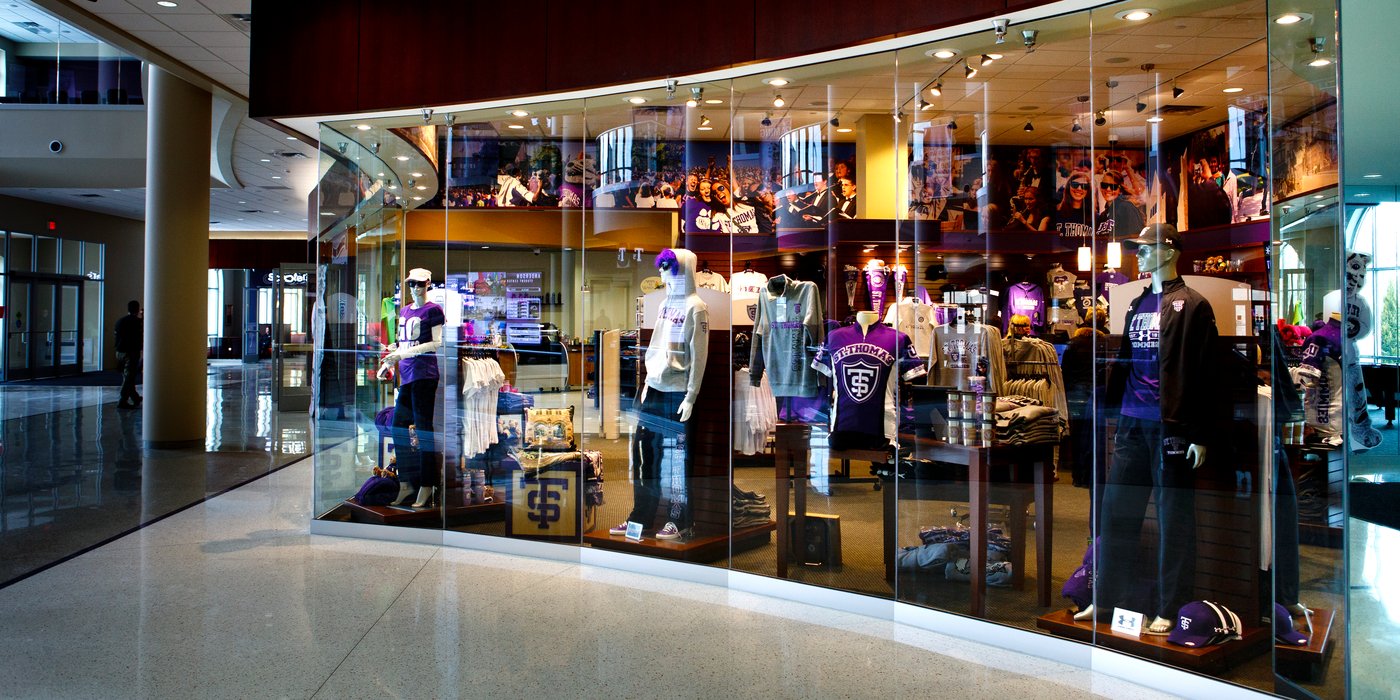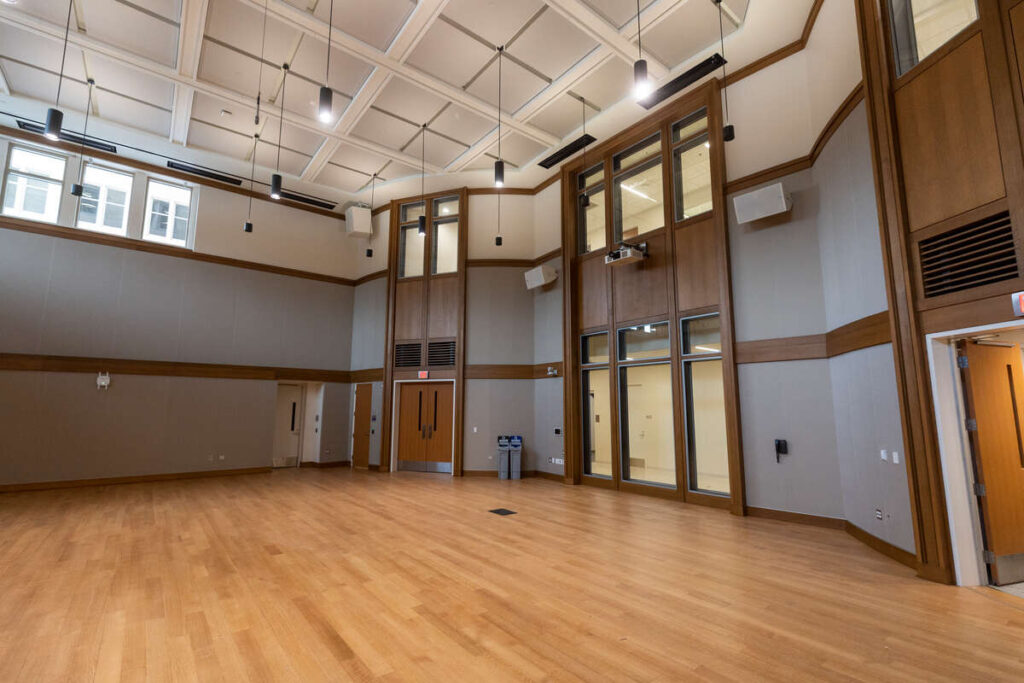There are many phases to starting a business. While they take on different frameworks, approaches and lexicons, they all revolve around the same general concepts beginning with ideation and ending with an exit strategy. Not all businesses go through all phases. Some do not scale and many do not exit. Nevertheless, all business models revolve around the notion of customer identification, interaction and needs analysis.
My business school mentor preached, "Thought without action is frivolous. Action without thought is dangerous." Likely derived from Lord Rochester's, "A Satyr against Mankind (1675)," it is a phrase I took to heart from the beginning of my business career and is directly applicable to ideation, the first phase of the new venture creation. The phrase can push you in the right direction, save you from a failure, and hopefully do both at the same time. Remember it. Use it.
Research
You need to do research. There are essentially two types of business research: primary and secondary.
- Primary research is firmly rooted in action: speaking to customers, vendors, partners, colleagues, etc. The concept of the voice of the customer can be traced back to ancient souk markets. More contemporary thought leaders have studied and provided useful frameworks. I recommend the works of Jeff Timmons, Robert Cooper, Henry Chesbrough, Stefan Thompke and Steve Blank.
- Secondary research is obtained through a thought component: reading, Web surfing, database scrubbing, etc. Both types of research are very important to your launch.
Selling (Actually, it’s more research)
Let’s take a look at one way to sell your product or service: pop-up stores. They’re not a new concept, but have been gaining in popularity in recent years. The last wave of popularity of these venues in the U.S. was likely the elixir salesmen of the 19th century. These stores are certainly well rooted in the action phase of entrepreneurial endeavor and can help your business grow, while simultaneously allowing you to perform research. Here’s a set of actions to consider leading up to selling through a pop-up store.
- First and foremost, be sure you have a product or service that solves a problem. Your solution does not have to be unique, although that is helpful, but it does need to solve a tangible problem faced by a customer (ideally a lot of customers).
- In designing your solution, receive input from as many people as you can reach. A good rule of thumb is to speak to 100 potential customers. As you gather this customer feedback, document it and iterate your product.
- After many iterations fueled by feedback and coupled with secondary data (market size, competitive analysis, etc.) you are almost* ready to sell, and maybe by starting small through a pop-up store or other small venue.
*All of this comes with one large asterisk, unfortunately it’s one many entrepreneurs fail to read. Prior to placing a product into commerce, make sure to consider liability protections, legal licenses, entity formation, insurances and dozens of additional hurdles. None of these factors is overly time consuming, but remember “action without thought is dangerous.”
Whether selling in a market, travelling door to door, or operating a small pop-up store, make some money, but also interview potential customers. Find what your product should be, and make changes to make a difference for people. Remember, “thought without action is frivolous.”







